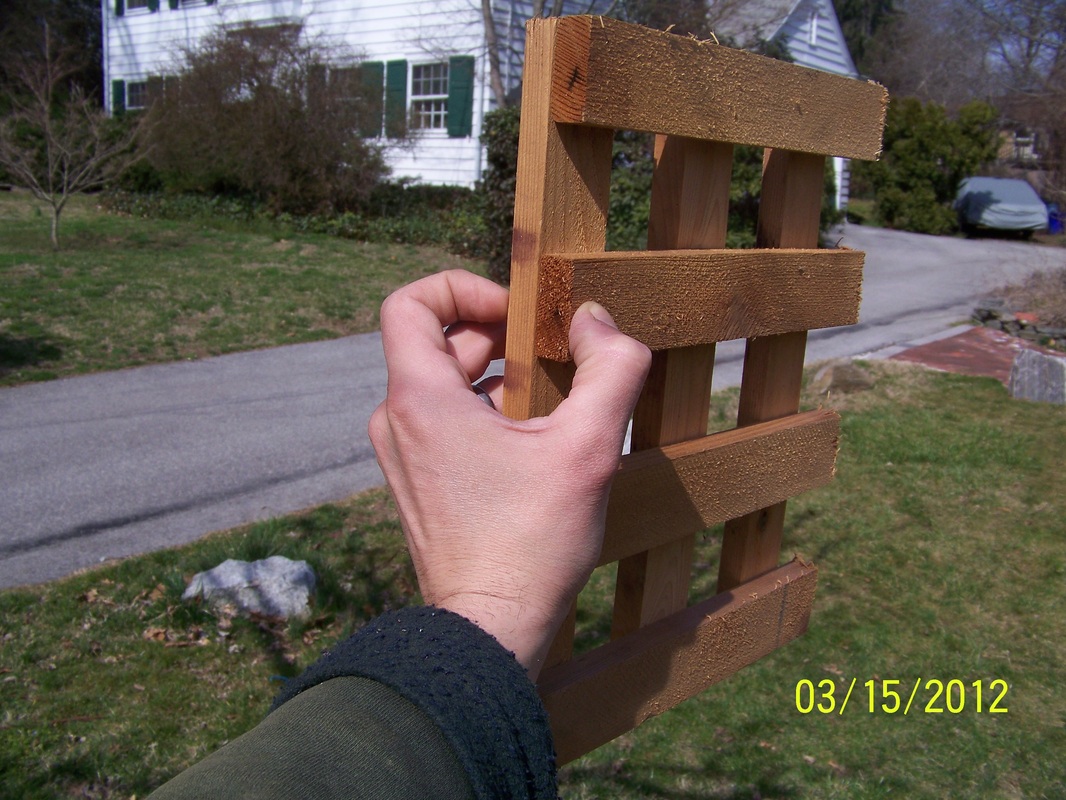It’s not that I don’t know how to build a fence. Or price one out. On the contrary, we build some of the finest fences around, and I wouldn’t still be in business after more than a dozen years if I didn’t know how to price out my services.
No, the problem has more to do with my competition. More than any other service I offer, fencing seems to have the biggest range of pricing. Both from a material standpoint as well as from rival contractors.
What’s the difference, you may ask?
Installing a fence refers more to purchasing some pre-fabricated fencing panels, and simply installing them where you see fit. This isn’t to say that a fair amount of work isn’t required – it is. You still need to dig your postholes, set the posts, and connect the pre-fab panels.
Most big box home improvement stores sell several varieties of pre-fab fencing panels. As do many fencing supply specialty stores. Depending on the source, there are often anywhere from four or five to fifteen or twenty styles available. You select the style you want, purchase the panels, and install away.
Pre-fab panels come in a wide range of quality, but most commonly sold panels are of the lesser quality. The wood is typically thinner, usually pine, often is not treated for weather-resistance, and is usually held together with staples or smaller gauge nails.
Design options for a custom-created fence are unlimited. Whereas the pre-fab panel designs are limited to only what’s in stock, a custom-created fence can be built to conform with any original design ideas.
Whether you’ve seen a picture in a magazine, admired a fence at a neighbors or public setting, or come up with your own unique original design idea, a custom-created fence can be built to match.
And a custom-created fence can work around those commonly found obstacles on nearly every site – large trees, tree roots, and slope changes to name a few. Additionally, existing bushes or shrubs can often be left in place with minimal pruning, since the fences are constructed in smaller parts as opposed to making room for the more cumbersome larger 8’ panels.
Custom fence creation also allows for quality control when it comes to material selection. Individual boards can be sorted and picked over to ensure only the best wood is used. You’re free to choose any type of wood you want, whether it’s pressure-treated, red cedar, white cedar, locust, teak, ipe -- you name it. And you’re free to select thicker more durable dimensions that will last much longer than the commonly used ½” or ¾” dimensions commonly used in the pre-fab panels.

As I’m sure you can imagine, a custom-created fence typically runs more expensive than the pre-fab installations, due to the higher quality of materials and custom craftsmanship that goes into every fence.
This isn’t to say that the basic fence installations don’t have their place. For homeowners who may only be planning on staying in their current home for just a few years, rental properties, or fences that are only intended to serve a purpose for a limited time period, a less expensive basic installation may just fit your needs.
But when you’re interviewing contractors and collecting estimates, be sure to know what is being spec’d out. If you’re looking for quality and durability, shopping on price alone may leave you sorely disappointed. When looking at various estimates, make sure you’re comparing apples to apples, and ask your contractor how his fences are constructed.
If you understand this basic difference, you’ll most likely save everybody headaches down the road. Happy fencing!








 RSS Feed
RSS Feed